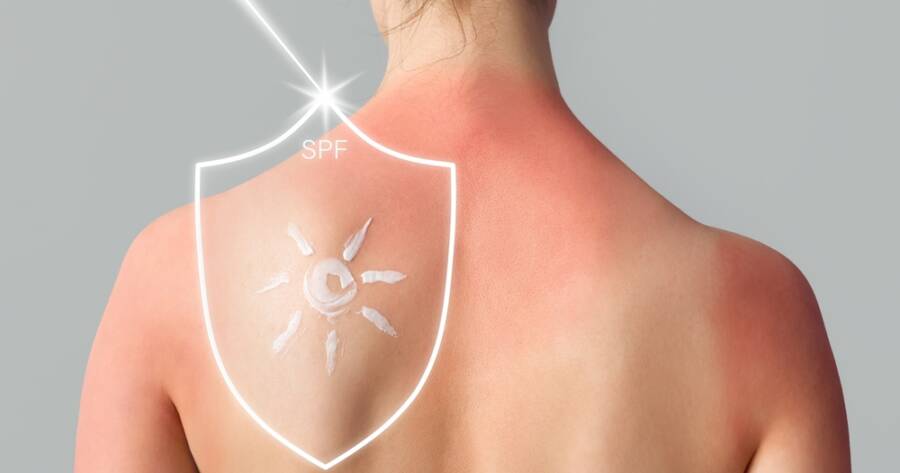Sunshine feels wonderful on the skin, but overexposure to the sun’s rays can lead to a host of harmful effects. From premature aging to increased risk of skin cancer, it’s important to understand how sun exposure affects the body—and how you can protect yourself while still enjoying the outdoors. Understand what you need to know about the effects of sun exposure and practical tips to minimize the damage.
The Effects of Sun Exposure on Skin and Health
The sun emits ultraviolet (UV) rays, primarily UVA and UVB, which penetrate the skin and cause damage over time. While some sunlight is beneficial—stimulating vitamin D production and boosting mood—excessive exposure can lead to a range of negative effects:
1. Skin Damage and Premature Aging
UV rays break down collagen and elastin fibers in the skin, leading to wrinkles, sagging, and a loss of elasticity. Sun exposure is one of the leading causes of premature aging, contributing to fine lines, dark spots, and a leathery skin texture. This condition, known as photoaging, is preventable with proper sun protection.
2. Sunburn
Sunburn occurs when skin is damaged by too much UVB exposure. It can cause redness, pain, peeling, and in severe cases, blistering. Repeated sunburns increase the risk of skin cancer and other long-term damage.
3. Hyperpigmentation
Sun exposure can trigger the overproduction of melanin, leading to dark spots, freckles, and uneven skin tone. Conditions like melasma are often worsened by sun exposure.
4. Increased Risk of Skin Cancer
Perhaps the most serious consequence of excessive sun exposure is the heightened risk of skin cancers, including basal cell carcinoma, squamous cell carcinoma, and melanoma. Skin cancer is the most common form of cancer, but it’s also highly preventable with sun safety habits.
5. Eye Damage
UV rays don’t just harm the skin—they can also damage the eyes. Prolonged exposure can lead to conditions like cataracts, macular degeneration, and photokeratitis (a painful, sunburn-like condition of the eye).
How to Minimize the Effects of Sun Exposure
While the sun is unavoidable, especially during outdoor activities, there are practical ways to reduce your risk of sun-related damage:
1. Use Sunscreen Daily
Apply a broad-spectrum sunscreen with an SPF of at least 30 every day, even when it’s cloudy. Reapply every two hours, or more often if swimming or sweating. Don’t forget areas like the ears, neck, and the tops of your hands and feet.
2. Wear Protective Clothing
Long-sleeved shirts, wide-brimmed hats, and sunglasses with UV protection can shield your skin and eyes from harmful rays. Look for clothing with a UPF (Ultraviolet Protection Factor) rating for additional defense.
3. Seek Shade
Whenever possible, stay in the shade—especially during peak sun hours from 10 a.m. to 4 p.m. Sitting under an umbrella, tree, or awning can reduce direct exposure and minimize your risk of sun damage.
4. Avoid Tanning Beds
Tanning beds expose you to concentrated UV radiation and dramatically increase the risk of skin cancer and premature aging. Embrace your natural skin tone, and opt for sunless tanning products if you desire a bronzed glow.
5. Stay Hydrated
Sun exposure can lead to dehydration, which worsens skin dryness and irritation. Drink plenty of water to keep your skin and body hydrated, especially during outdoor activities.
6. Regular Skin Checks
Perform monthly self-exams to check for new moles, spots, or changes in your skin. See a dermatologist annually for a professional skin check to detect potential issues early.
Protect Your Skin, Protect Your Health: Smart Sun Habits for Life
While the sun has many benefits, including warmth, light, and vitamin D, it’s important to enjoy it safely. Understanding the effects of sun exposure and practicing smart sun protection habits can help you maintain healthy, youthful skin and reduce your risk of serious health issues. With a few simple precautions, you can enjoy the outdoors while keeping your skin safe and radiant for years to come.
